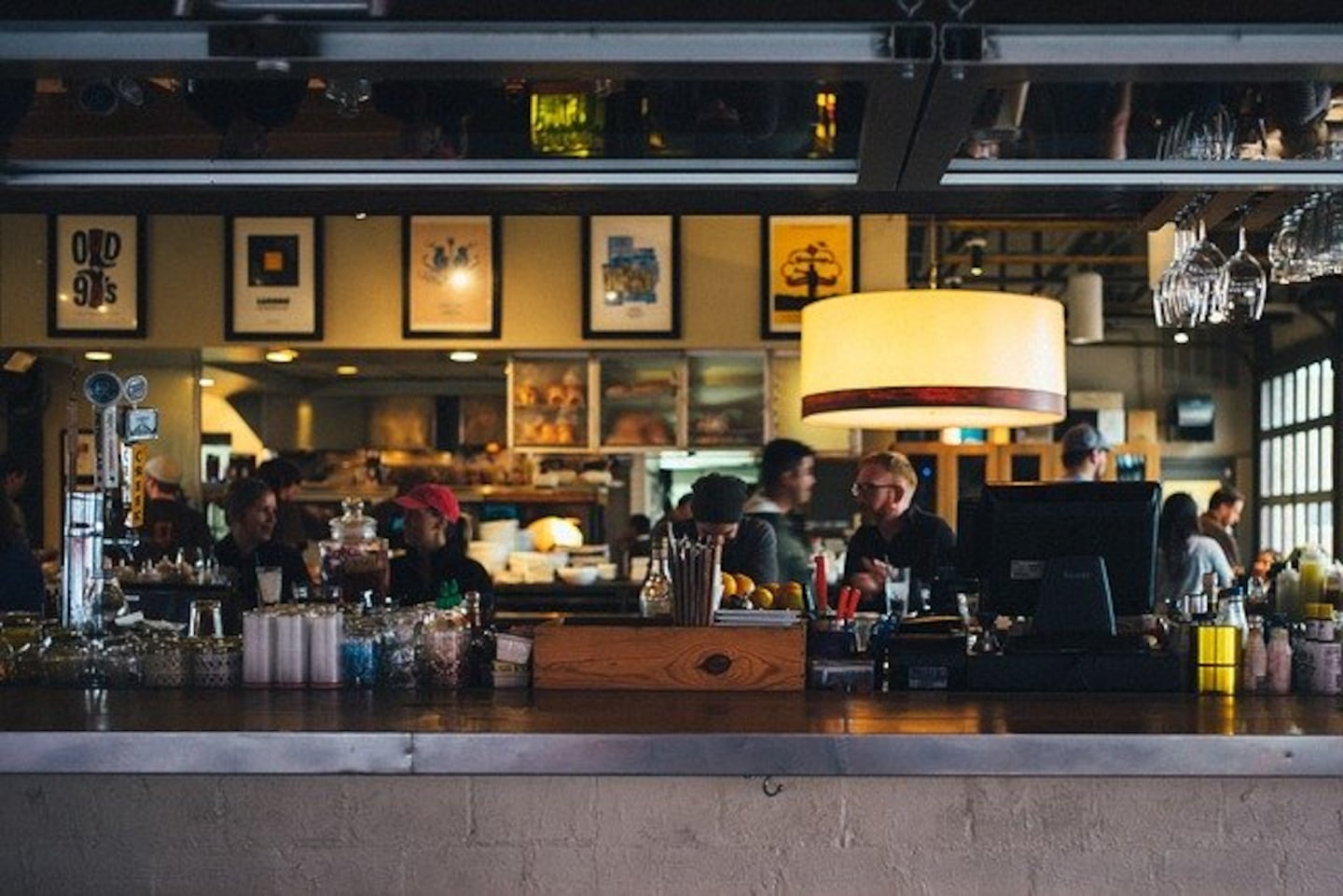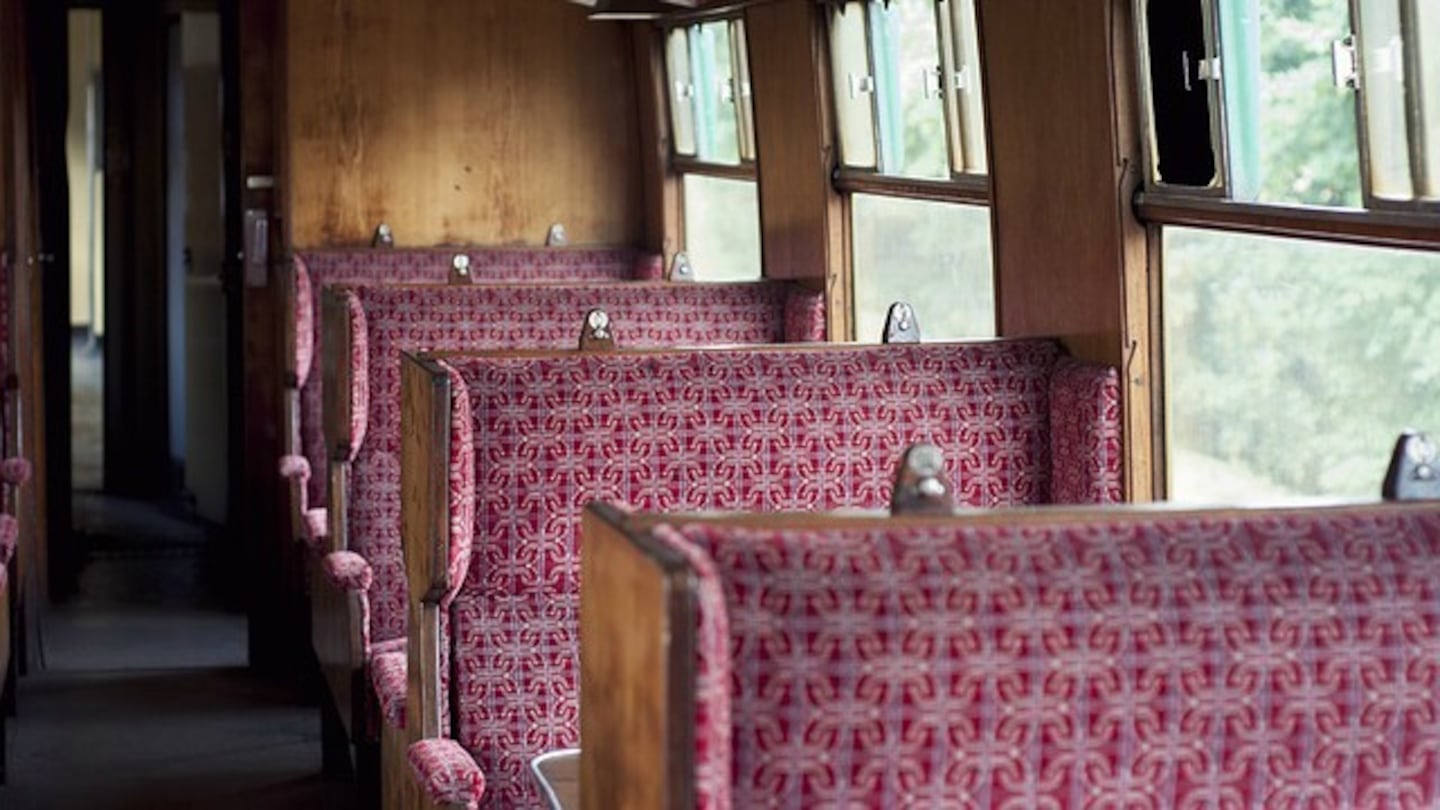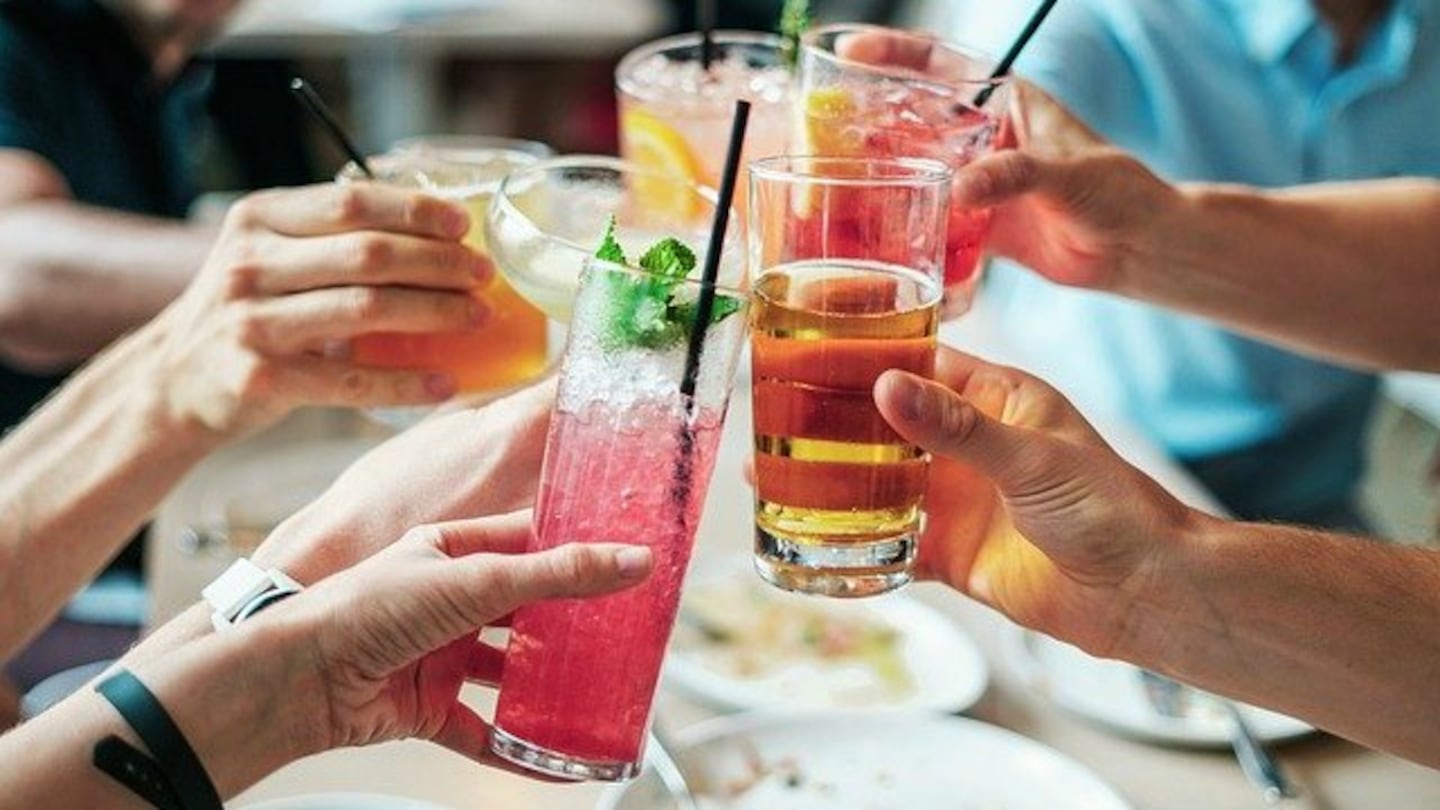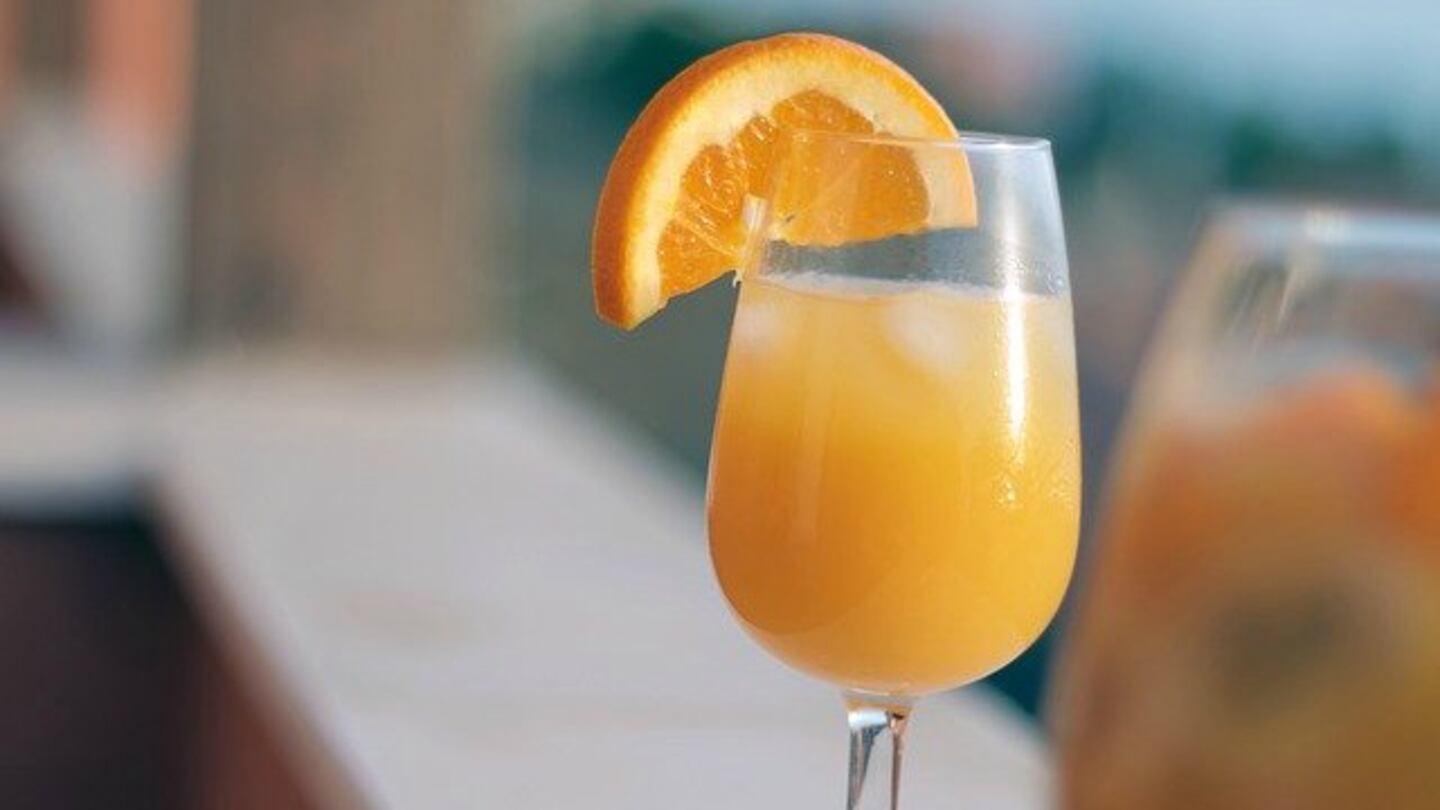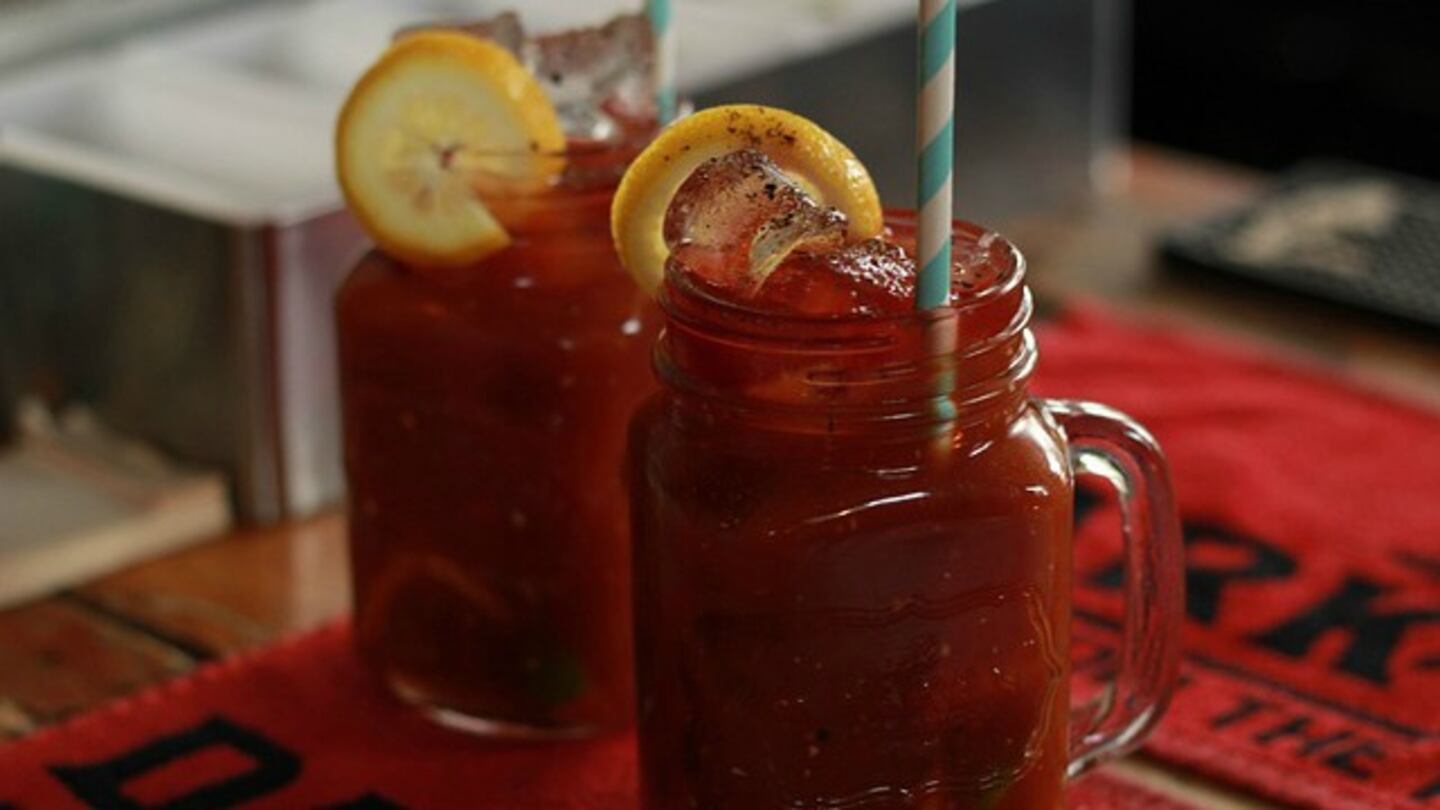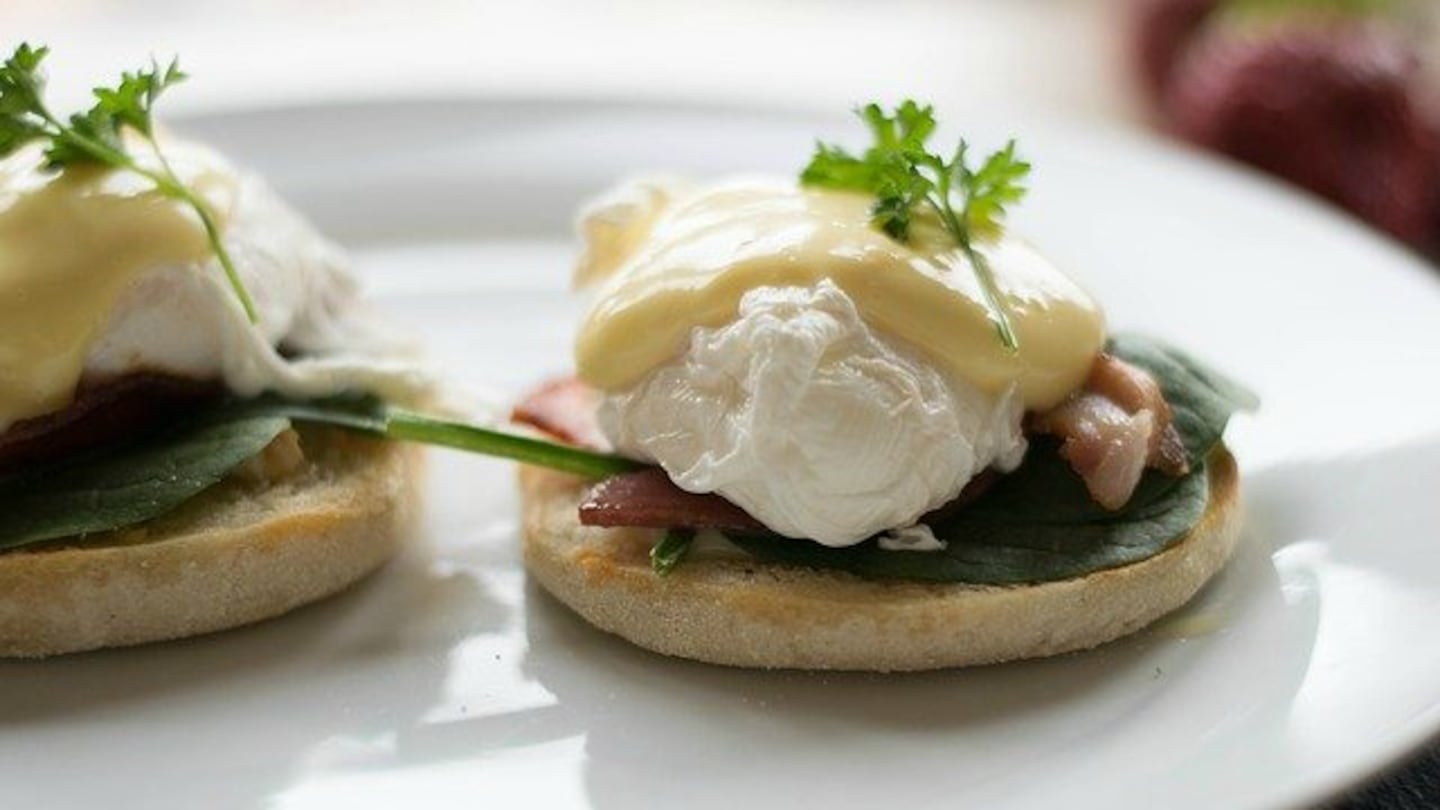Brunch is an extremely popular way to spend a leisurely Sunday morning, but where did this tradition start?
Here are nine facts about brunch you might not know.
1. The origins of brunch are tied to the upper-class British tradition of fox hunting lunches where men and women would gather for early lunches with a variety of dishes and alcoholic beverages.
2. The word ‘brunch’ is widely thought to have originated in 1985 when Guy Beringer wrote an article in a London publication called ‘Hunter’s Weekly’, “Brunch: A Plea,” about a late morning breakfast on Sundays. ''Brunch is cheerful, sociable and inciting,'' Beringer says. ''It is talk-compelling. It puts you in a good temper, it makes you satisfied with yourself and your fellow beings, it sweeps away the worries and cobwebs of the week.''
3. In 1896 the “New Oxford News and Notes for Women” introduced the word “brunch” to its readers to describe the “fad” of eating between breakfast and lunch.
4. Hollywood played a large part in the rise in popularity of brunch in the 1930s, because Hollywood stars making transcontinental train trips would often stop in Chicago for late-morning meals at Chicago's Pump Room in the Ambassador Hotel.
5. Brunch popularized the practice of mixing alcohol with juices in the early to mid-1900s, which led to the creation of several iconic brunch beverages.
6. The history of the mimosa is split between two stories happening around 1925. The first takes place in The Ritz Hotel in Paris with a bartender there named Frank Meier, while the other takes place in London at the London Buck’s Club with a bartender named McGarry. The key difference between the two recipes is that Meier’s recipe has one ounce of Champagne and two ounces of orange juice, while McGarry’s ‘Buck’s Fizz’ has two ounces of Champagne and one ounce of orange juice.
7. The Bloody Mary cocktail was invented in France and spiced up for American tastes at New York City's King Cole Bar, and gained brunch popularity as an alcoholic version of tomato juice cocktails that were served as appetizers in restaurants as “healthful elixirs”.
8. There are no menu “rules” for brunch as items can range from breakfast foods to seafood raw bars to steaks. However, a brunch staple of every menus is Eggs Benedict. The history of the dish is disputed, but one version takes place in 1894 when Lemuel Benedict, a Wall Street broker ordered “some buttered toast, crisp bacon, two poached eggs, and a hooker of hollandaise sauce” at the Waldorf Hotel in New York.
9. Since brunch is a combination of two meals it generally takes place anytime when late breakfast is served, typically starting at 9 a.m., and the end of the lunch hour, around 2 p.m.
© 2020 Cox Media Group


